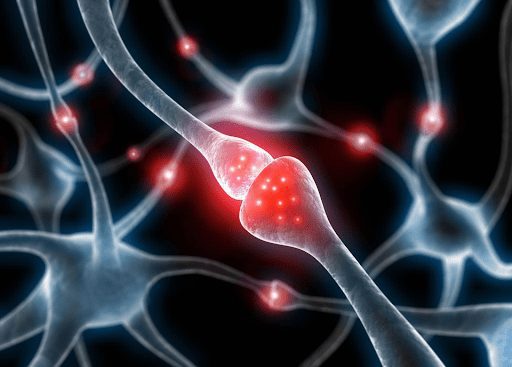Anxiety and depression are two of the most common mental health disorders, and they often occur together. But this is distinct from a less well-known subtype of depression known as anxious depression. Understanding the neurobiology of anxious depression may help you understand your symptoms and how to most effectively treat them. Here we’ll review symptoms and neurobiology of anxious depression as well as available treatments.

Anxious depression meets the criteria for major depression and is defined by significant anxiety symptoms. Anxious distress does not fit the definition of any distinct anxiety disorder but has an unmistakable impact on an individual’s mental wellbeing.
Five or more of the following symptoms of depression for at least two weeks must be distressing and disruptive (different from normal functioning):
An MDD Diagnosis Must Include One or Both of the Following:
Other Symptoms Include:

The neurobiology of anxious depression sets it apart from other types of depressive disorders. Neuroimaging studies have revealed several differences in the way individuals respond to depression, with or without anxious distress.
Individuals with mood disorders and anxiety have poorer emotional conflict regulation whereas those diagnosed solely with depression offset this deficit by activating other parts of their brain. Those with additional anxiety symptoms did not tend to have the same flexibility.
Brain activity across right and left hemispheres also appears to be more asymmetrical with anxious depression. Specifically, poorer functioning in the right frontal lobe is associated with anxiety, which may explain some of the asymmetry found with anxious depression.
While an individual’s genetic makeup may not cause them to feel depressed and anxious, it may make them more vulnerable to these conditions and impact their response to treatment. Twin studies suggest that the factors impacting depression and anxiety are mostly the same. Up to 50% of the variability found in anxiety, neuroticism, and depression may stem from genetic influences.
Distress from life problems can make an individual’s anxious depression symptoms worse, creating a painful cycle. Self-injury, divorce, and serious illness have been shown to have the most impact on individuals with anxious distress.
Personality traits can also affect how individuals handle distress caused by difficult life events. An individual with a more neurotic personality, for instance, is more likely to have a negative mood, and use unhelpful coping methods, which are linked to more significant depression. Extraversion, on the other hand, has been shown to have a buffering effect against depressive symptoms, but does not seem to be relevant when examining the anxious depression subtype.
Individuals with persistent depressive disorder and anxious symptoms often necessitate treatment to achieve symptom relief. Unfortunately, they may not rebound as easily as individuals with other types of depression, as anxious depression commonly responds to treatment at a slower pace, in addition to reaching lower rates of complete symptom relief.
Selective serotonin reuptake inhibitors (SSRIs) and serotonin-norepinephrine reuptake inhibitors (SNRIs) are the two common antidepressants used to treat anxious depression. Some patients find better symptom relief when combining such antidepressants with certain antipsychotic medications.
Deep Transcranial Magnetic Stimulation (Deep TMS™) is an FDA-cleared treatment using magnetic coils to target specific areas of the brain associated with anxious depression. Treatment sessions last 10-20 minutes, occurring over a span of several weeks. The coils, housed within the cushioned helmet, deliver magnetic pulses to stimulate neural structures in specific areas. These pulses influence the structures to create more stable patterns of activity, reducing the intensity and frequency of symptoms.
The technology behind Deep TMS allows for accurate stimulation and stronger treatment efficacy. With no anesthesia and no lengthy recovery, TMS can provide safe and effective symptom relief for conditions like anxious depression that often do not respond well to other forms of treatment.